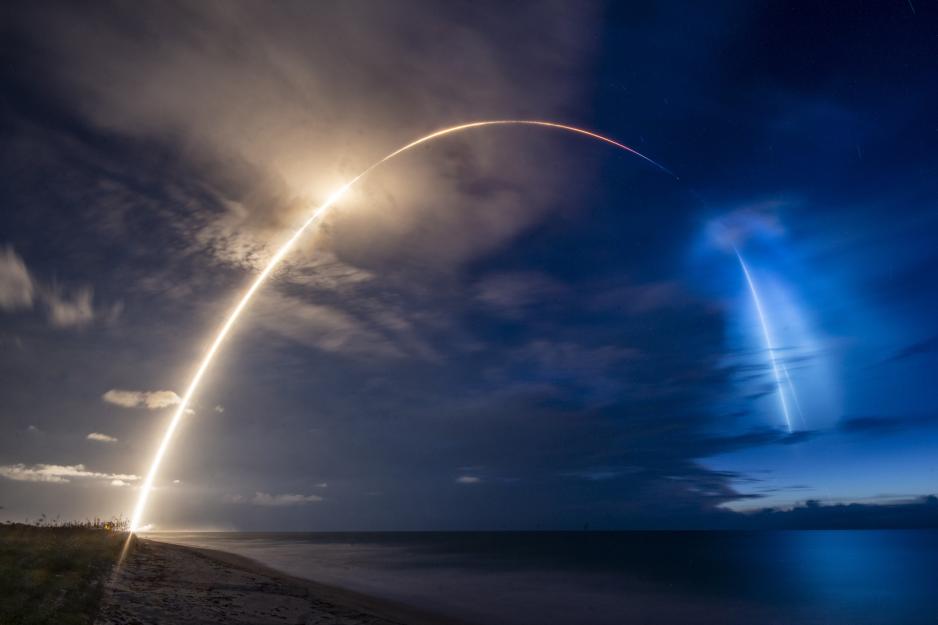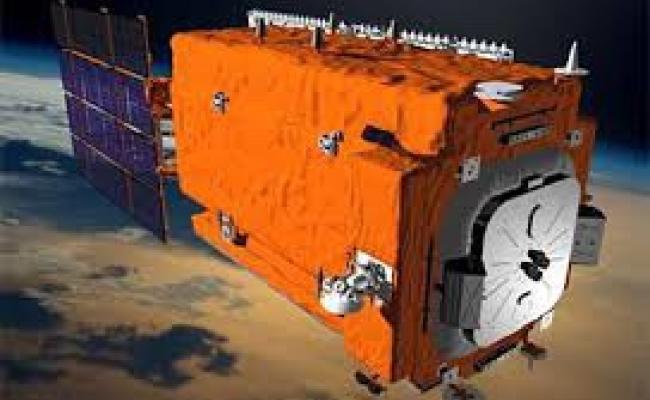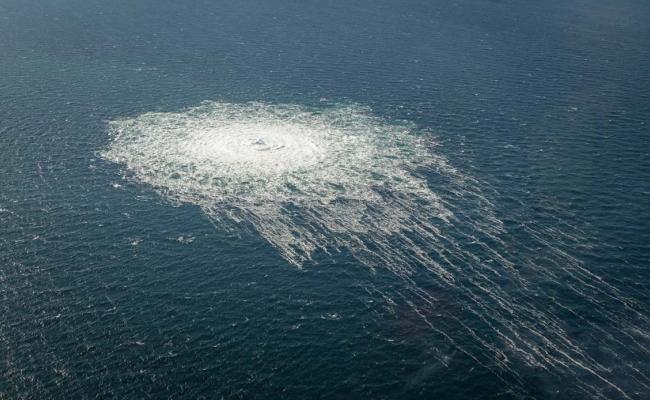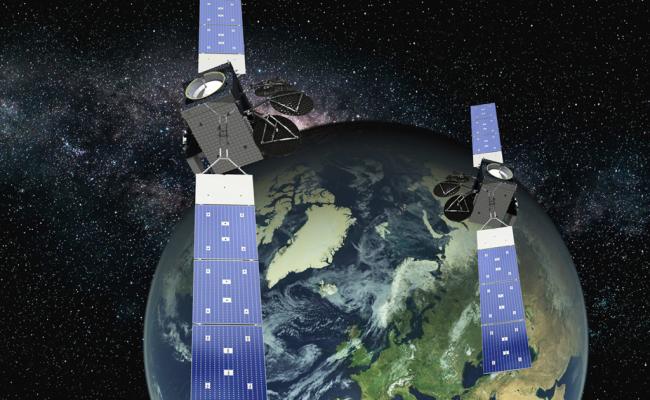Elon Musk’s Starlink Expands to Provide Coverage to Much of the Arctic

Rocket launch to place Starlink satellites in orbit in June 2020. (Source: SpaceX)
Starlink internet arrived across large parts of the North American and European Arctic last week. Additional service expansion will come in early 2023 for near-complete coverage of the Arctic, outside of Greenland and Russia.
As SpaceX’s Starlink continues to expand in its pursuit of providing global space-based internet coverage, it began providing service to high latitude communities in recent days. Additional expansion of service will bring coverage to additional parts of the European and North American Arctic by the first quarter of 2023.
While coverage is now available across large geographical areas in the High North, a crucial strip between roughly 55 and 60 degrees North which includes population centers in Alaska, Canada, Norway and Sweden has thus far not had coverage. Finland has been excluded in its entirety.
Following the launch of additional 46 Starlink satellites into polar orbit late this summer the entire western Arctic, sans Greenland, will be covered by high-speed internet once all the satellites have reached their final orbits by early 2023.
For rural communities, especially across Alaska and Canada, this new-found connectivity offers an opportunity to alleviate years of low-speed, high latency connection with limited data caps.
Starlink represents a significant change for many communities in the North
Canada’s North and Antarctica
Residents across some parts of Canada’s northern region reported that their Starlink satellite dishes had begun to pick up signals as of last week, rejoicing about “unlimited internet” in messages on Twitter. This marked the beginning of coverage for Yukon, the Northwest Territories, and Nunavut, and parts of Alaska.
Starlink represents a significant change for many communities in the North. Only 44 percent of households in Canada’s North had access to high-speed internet in 2020, often at high prices and small data caps.
Earlier this fall Antarctica became the seventh and final continent to be covered by Starlink, as part of a test program at the South Pole McMurdo Station.

Coverage before October 2022 on the left and current coverage on the right. The darker strip across North America and Scandinavia will receive coverage by early 2023. (Source: SpaceX)
The remote connectivity in the two polar regions is enabled with the help of Starlink’s “space laser network” which directly connects satellites in orbit with each other and relays signals. This connection allows for fewer ground stations and reduces the latency of signals as data travels across the laser connections at the speed of light, compared to subsea data cables.
Instead of connecting individual satellites to ground stations, entire constellations of satellites can talk to each other via laser in space relaying data to a smaller number of ground stations.
The laser technology is also the key to providing new connectivity in the Arctic, where remoteness and harsh weather conditions would make the need for a large number of expensive ground stations impractical.
No coverage in Greenland and Russia
Currently Starlink does not offer coverage in Greenland and across Russia and SpaceX has not announced any start dates for service in those two regions.
Apart from providing high-speed connections to individuals, the company’s service has already revolutionized some aspects of warfare.
The Ukrainian military is relying heavily on space-based internet which has led to concerns that Elon Musk’s company holds significant geopolitical influence as the entrepreneur threatened to turn off the service over Ukraine due to payment issues – a concern that will likely only grow in the future as Starlink expands to cover Africa and Asia.
When completed Starlink will consist of 40,000 small-scale satellites in low-earth orbit providing low-latency, affordable internet from space. Currently, around 10 percent of the total constellations have been launched.





